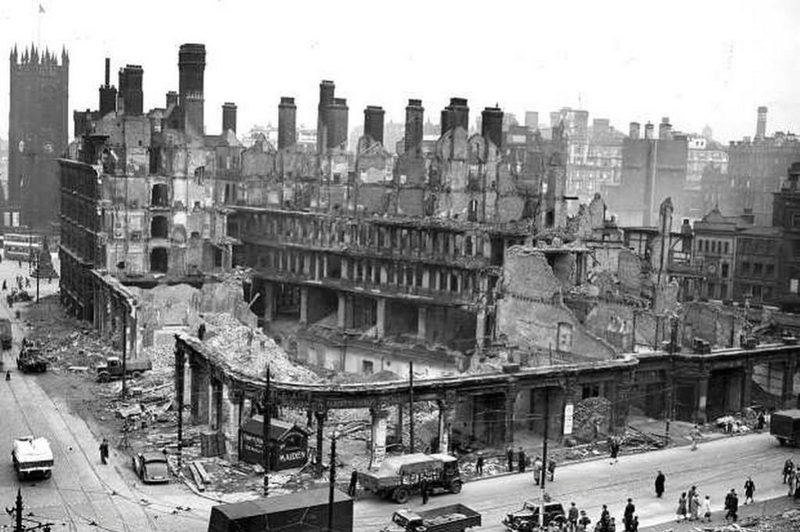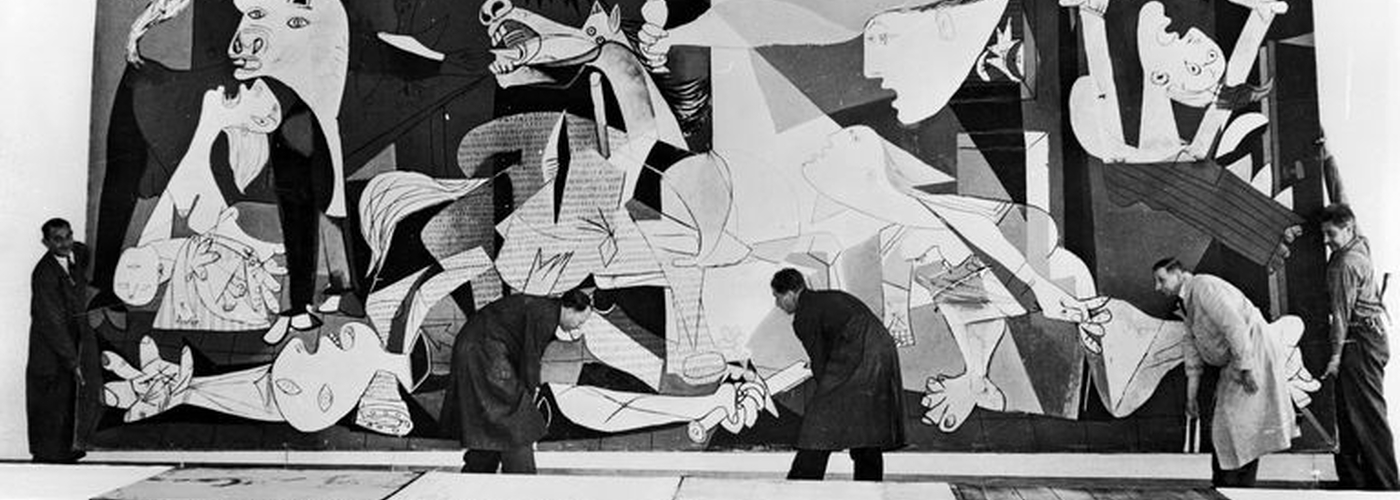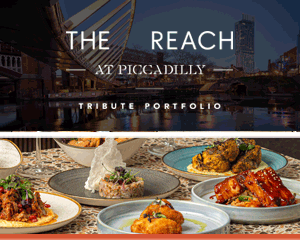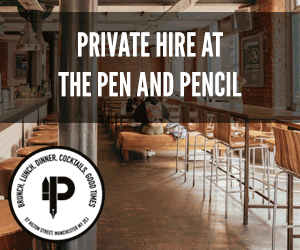Jonathan Schofield on art, bombs and war as an exhibition tells the 80-year-old tale
AT the junction of Victoria Street and Cateaton Street was an undistinguished building from the 1920s, a drab car showroom, demolished in the 1970s. But for a brief moment, 80 years ago, it flickered with brilliance.
There’s a photo of the building on this page, and a rare one too, as old car showrooms are seldom deemed worthy of record. Yet Nunn’s Ford dealership deserves a sheen of fame: it marks a time of terrible danger and terrible beauty.
Twenty-three months after Guernica had hung in Manchester, Guernica returned. This time in terrifying form...
The terrible danger was the civil war in Spain between the elected Republican government and General Franco’s fascist rebels. Both sides were guilty of atrocities, but of the two the more bloody was Franco’s side, and he would win.
The terrible beauty was Guernica by Pablo Picasso, one of those artworks that has leapt from the shadowlands of galleries to sear itself in the minds of the wider public. The painting depicts the first major aerial bombardment of a defenceless civilian population, the destruction of the Basque town of Guernica by the Condor Legion in April 1937. The latter was composed of planes and pilots from Nazi Germany fighting alongside Franco. The democracies, Britain and France, stood to one side while the totalitarian states, Germany and Italy on one side, and the USSR on the other, practised oppression on poor Spain.
Guernica is painted in shades of grey, black and white, depicting twisted figures of humans and animals occupying a canvas saturated with symbolism. There is pathos, force and even hope in this most famous of anti-war artworks. Yet it is the impression of the terror of war and its pitilessness that remains in the mind.
From 1-15 February 1939 Guernica was hanging from the walls of the former HE Nunn & Co Ford showroom in Manchester along with 67 preparatory works.
This might seem a little bizarre but as the Manchester Guardian wrote: ‘A group of young Manchester artists and other supporters of the Manchester Foodship for Spain committee have been working for the last few days on preparing Picasso’s great canvas Guernica together with the many preparatory drawings Picasso made for it. This afternoon their work was complete and the motor showroom at the corner of Victoria Street and Cateaton Street had been competently transformed into a picture gallery with ‘Guernica’ itself, twenty-six feet by eleven, taking up the largest wall and leaving an inch or so to spare at each end.’
The painting was attached to the walls crudely using masonry nails. Entrance was 6d, and the proxy art gallery of Nunn’s car showroom stayed open until 8pm. All the money raised was given to the Foodship mission which, as its name indicates, provided food to combat the acute ‘shortage of food in the Madrid-Valencia section of Republican Spain’. It was said during the winter of 1938/39 much of Madrid’s 500,000 population had subsisted on two ounces of rice or pulses per day.
The Foodship committee had its offices round the corner in Deansgate, which may explain the location for the Guernica exhibition. Still, it’s curious such a famous painting wasn’t hung in the Whitworth Art Gallery or the City Art Gallery. Manchester artist Harry Baines is said to have commented later that the car showroom was the only space big enough and convenient enough to host the work. This can’t be the only truth as the walls of Manchester galleries could have supported the piece. More likely, the informal space suited the left-wing views of the group, a fact which might have also resulted in the established galleries not pushing the matter too hard.

Outside London and Oxford the painting was only exhibited in the northern cities of Leeds and Manchester - although in Leeds only the preparatory sketches were shown. This seems apt, both had played a prominent role in the anti-fascist call-up for the International Brigades to fight in Spain. As Nigel Wheale wrote in 2013 in the Fortnightly Review, ‘Leeds and Manchester were cities with strong Labour, leftist sympathies.’
One prominent ‘leftist’ was International Brigade member Sam Wild from Ardwick who joined the fight against Franco after hearing speeches in Stevenson Square. Wild would be the last commander of the British contingent of the International Brigade in the Civil War and was well known for his tough leadership qualities. He was as hard as the masonry nails in Nunn’s showroom, he was wounded several times and always fought on. In 1938, for diplomatic reasons, the International Brigade was withdrawn from Spain by the Republican government. Wild said at the time: ‘The British Battalion is prepared to carry on the work begun here to see to it that our 500 comrades who sleep for ever beneath Spanish soil shall serve as an example to the entire British people in the struggle against fascism.’
It’s not certain whether Wild visited Guernica in Manchester. Picasso himself had released the painting he’d completed in Paris for what was essentially a European tour to raise awareness and funds for the struggle against Franco. By the time it was being hung in Manchester’s showroom it was clear the Republican government was on the brink of defeat.

On 26 January 1939 Barcelona fell, on 28 March, Madrid was occupied and by 1 April Franco’s victory was complete. Fascism was in the ascendant. On the 1 September Germany invaded Poland, two days later Britain and France, after their prevarication in Spain, declared war on Germany and World War II began. As poet W.H. Auden memorably put it: ‘the clever hopes expire of a low dishonest decade’.
Twenty-three months after Guernica had hung in Manchester, Guernica returned. This time in the terrifying form that had inspired Picasso. In December 1940 more than three hundred German bombers attacked Manchester over two nights. Almost 700 people died, thousands were injured, much of the city centre was turned to rubble.
Victoria Buildings directly over the road from the showroom that had displayed Guernica were destroyed, as were many of the buildings close to this humble car showroom. After the war the building returned to its former use as our picture shows, this time as the Measham car dealership. It disappeared in 1974 as part of the Shambles shopping scheme which also eradicated the south part of Victoria Street. This in turn succumbed to redevelopment after another bomb, the IRA attack of 1996. Harvey Nichols presently sits on the site.
Guernica, the painting, took another 42 years to make it back to Spain. After Franco’s victory it went to the Museum of Modern Art in New York, only reaching Spain in 1981 after the Generalissimo’s death, when it was deemed that Picasso’s test for its return had been passed, namely the restoration of ‘public liberties and democratic institutions’.
Picasso, himself, saw out WWII in Paris under Nazi German occupation. One story relates how a German officer saw a photo of Guernica in the artist’s apartment. He said to Picasso, "Did you do that?" "No, you did," Picasso replied.
There is an exhibition at the Working Class Movement Library in Salford to mark the eightieth anniversary of the arrival of Guernica.
















